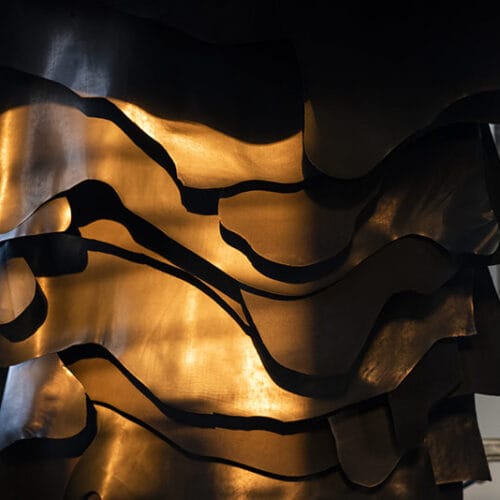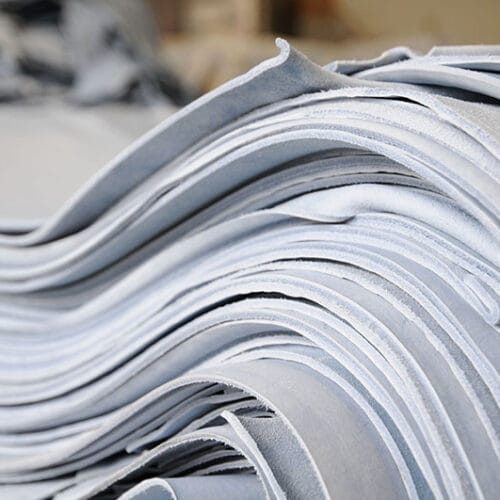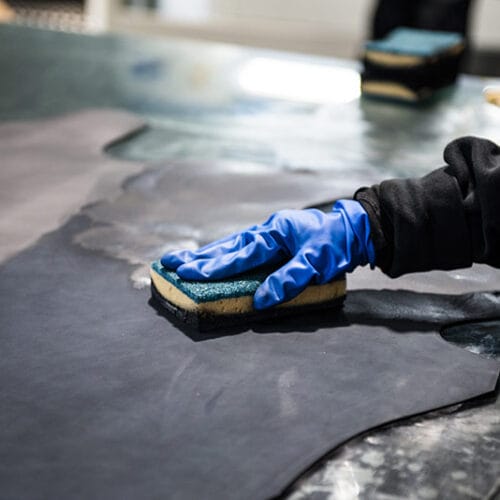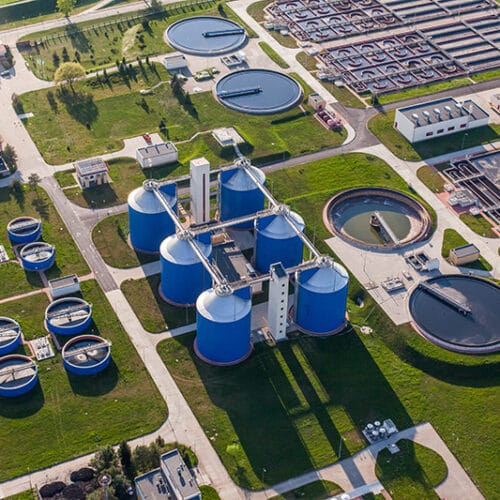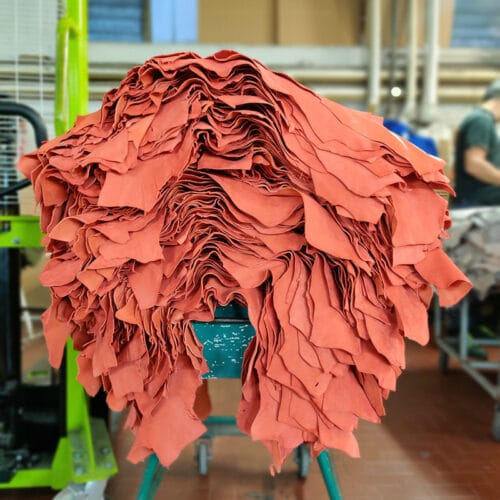Respect for the environment, the animals we share our world with, and the natural resources used in our processes
Leather is a natural resource, and minimizing its environmental impact is the primary objective driving the development and innovation of the tanning process. Additionally, there is a strong commitment to ensuring that, at the end of its life cycle, leather returns to nature in a budget-neutral manner.
Bio-Based Material
Leather is a bio-based, organically derived, renewable material composed of at least 85% collagen fibers, a fully biodegradable protein.
Circularity
The circular nature of the tanning industry begins with its raw material: hides, an offcut of the food industry which became a by-product. The raw hides and skins are transformed into a material with unique properties. In Italy, tanneries have effectively "closed the loop," creating…
INPUT: Water, energy and chemicals
Water, energy, and chemicals are essential elements in transforming raw hides into leather with unique characteristics.
OUTPUT: Wastewater, emissions and solid waste.
Effluents, air emissions, and solid waste from the tanning process are closely monitored and continuously improved to minimize environmental impact.




